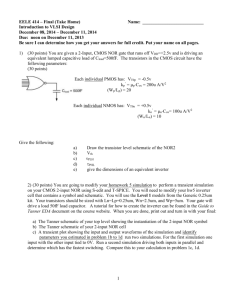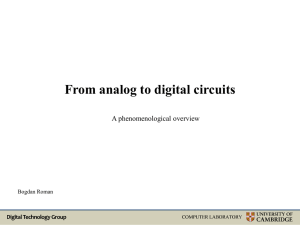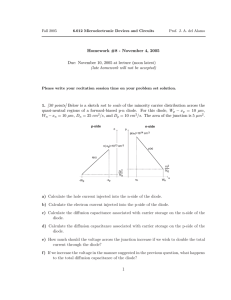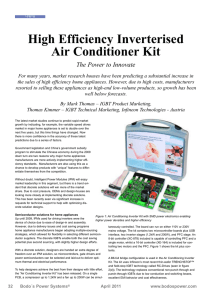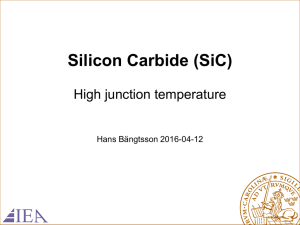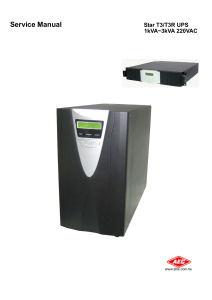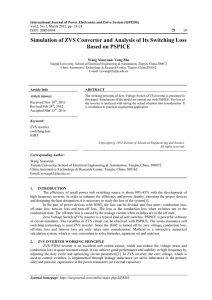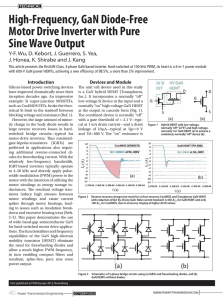Electro-thermal models of automotive inverters Electro-thermal modelling of power electronics
advertisement
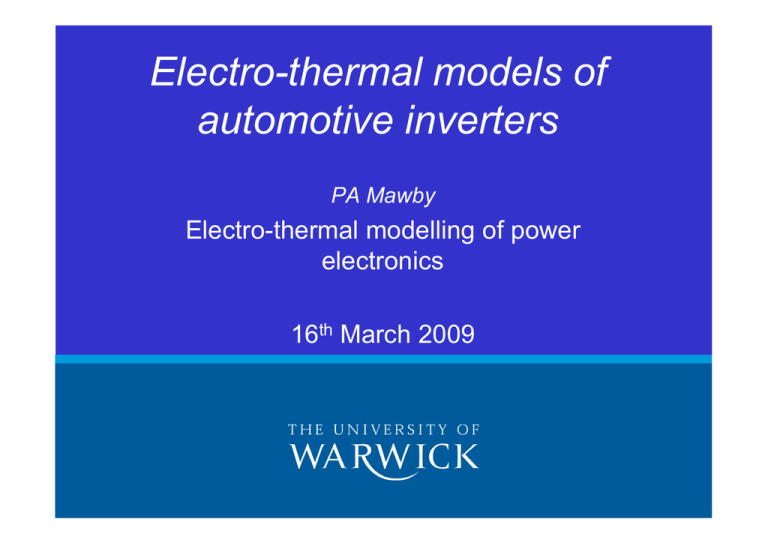
Electro-thermal models of automotive inverters PA Mawby Electro-thermal modelling of power electronics 16th March 2009 Background • Inverter Technology • IGBTs, diodes are enabling technologies • Must be considered as part of whole system • Co-simulation of electrical, thermal systems • Optimisation to include: • Device structures • Circuit design • Heatsink/packaging design compact yet accurate models required • Assessment of new materials • SiC/GaN unipolar devices (schottky diode, MOSFET, HEMT) • Tools to allow comparison with existing Si devices Hybrid Vehicles Electric Vehicles Value Added to Toyota • Integrated software environment • for assisting simulation, optimization and testing of power electronic circuits and power semiconductor devices under realistic conditions. • Improved confidence • that inverter devices and circuits are truly optimized for hybrid vehicle applications. • Comprehensive compact models, • with associated parameter extraction, for circuit simulation and optimization of Toyota devices and new material devices. • Tools • for the investigation into the effects of vehicle load cycles on device stresses and performance. Project Overview • Principal strands: • Development and validation of a technique for rapid simulation of inverter losses. • Development of new material (SiC/GaN) device compact models to use in inverter simulation. • Development of 3D thermal models for heatsinks and packaging. • These enable: • Assessment of new material devices and comparison with Si devices. • Analysis and optimisation of heatsink and device design. Results: On-state Forward characteristics for diode (left), IGBT (right) with temperature (solid: simulation, dotted: experiment) Results: Switching Recovery current transients vs temperature for diode (left), IGBT (right) at 13A and 40A.

